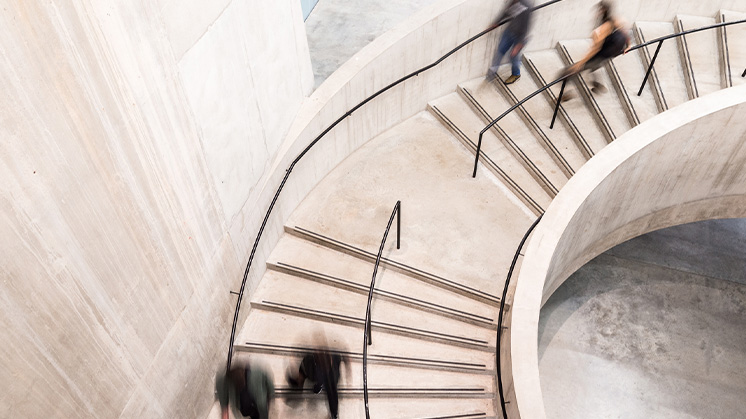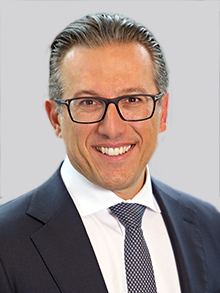
In reflecting on the last couple of years we are pleased with the fund’s performance, delivering solid returns for our unit holders in both up and down markets and with low levels of volatility. Here, we consider one of the stock picks that worked out well for us.
Shares in Boral Limited (ASX: BLD) recently hit an all-time high and the manufacturing and building supplies company is a good example of how we assess opportunities. We spend a lot of time looking at cyclical companies and are not afraid to own companies where the earnings are exposed to a cycle. The opportunity generally arises in the stock market when at the low end of a cycle earnings momentum is negative. This is generally met with a weak share price as momentum investors, passive funds and quant funds tend to sell when a company downgrades short term earnings. The opposite also happens. When there is an upcycle, earnings momentum is positive, and this is usually combined with a strong share price and positive analyst recommendations. This is despite the mid-cycle valuation not really changing. BLD is a good example of this.
During March 2020, BLD’s share price fell from $4.50/share to a low of $1.80/share. The stock had been weak heading into this period due to underwhelming performance in the US busines and a slowing cycle being compounded by increasing competition in the core Australian market. As markets fell materially on the initial COVID panic, the market became concerned about BLD’s balance sheet and the ability to withstand a long period of subdued operating conditions. BLD’s NTA at the time was $2.10/share and we accumulated a decent position in the fund around this level. Our view was that even considering the COVID-related uncertainty, the business was worth materially more than NTA and had significant optionality within its portfolio of assets. Our view was that the Australian business had sustainably delivered returns on funds employed of ~14% over the last decade and thus deserved to trade at a material premium to NTA.
We see the Australian construction materials business as high quality with hard to replicate assets including its quarry base. We also noted the investment that the company had made in Australian quarries in recent years ($380m), which had yet to generate full returns. The US business had very little tangible assets given the Headwaters acquisition in May-17 for US$2.6b. We also felt the market had forgotten that Boral already had a significant US business as well prior to the Headwaters transaction. Noting this, we felt the US business was also worth materially more than its NTA value. In terms of the balance sheet risk, we thought that the market was too focussed on the leverage ratio of the business in an environment where the earnings were depressed and overlooked the optionality the business had on the asset side of the balance sheet. In particular, BLD has a number of surplus property assets in Australia that we felt could have been sold to strengthen the balance sheet without impacting the earnings power of the business. Given this relative comfort and the view that the business was materially undervalued on a mid-cycle view and verse NTA, we continued buying on the weakness.
Over the last financial year, the optionality we saw within the BLD portfolio has played out. BLD sold its 50% share in the plasterboard JV for US$1.015b or 15x FY20 EBITDA. It has also sold its US building products business for US$2.15b and is currently exploring the sale of its North American Fly Ash business, which could release another $US1b. Post this sale, BLD will no longer have any operations in the US and will be left with just its Australian construction materials business, which is number one in the Australian market. More recently, Seven Group (ASX: SVW) has launched an off-market takeover for BLD at $7.40/share after initially buying a 10% position at $3.11/share in June last year. In our view, at this price the assets of the business are fairly valued and thus we have sold the position to SVW at $7.40/share.
Find out more about Perpetual’s Pure Equity Alpha Fund.
